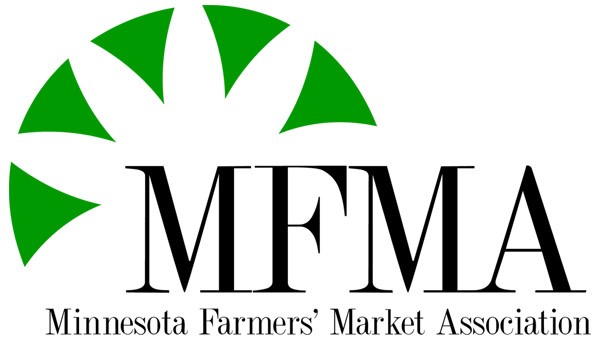Communism is an interesting topic that middle-aged people like me haven’t given much thought to since the era of the Cold War. Are you old enough to remember the days of students diving under their desks during safety drills? Evidently, we should have been paying a little more attention to Communism, because it never really went away. It’s here in the western hemisphere. Don’t believe me?
I came across an interesting document that first showed up in front of Congress back in the early 1960s. More specifically, on January 10, 1963, Congressman Albert S. Herlong Jr., of Florida, read the list of 45 Declared Goals for the Communist Takeover of America into the Congressional Record. The purpose was to give his colleagues, as well as the American population, some insight into Communism and their liberal elite ideas and strategies for America that sound ridiculously familiar. They’re happening right in front of our collective faces.

you know their vision for America includes Socialism? They’re alive and well and fighting to overthrow the free market. (Photo from CPUSA. org)
The list itself was first attributed to Cleon Skousen, a researcher who authored “The Naked Communist.” You really should be shocked at how these have played out in front of us. Some of those 45 steps to Communism have been outdated through the course of history. However, many of them are in play today.
- Permit free trade between all nations regardless of Communist affiliation and regardless of whether or not the items could be used for war. We already buy a lot of goods from communist China. There’s also a push from free markets and the European Union to further globalize buying and selling.
- Here’s a good one; promote the United Nations as the only hope for mankind. If the charter is ever rewritten, demand that it be set up as a one-world government, complete with its very own military (which it already has). Capture one or both political parties in the United States. They’ve infiltrated the Democratic Party, one that I used to be a member of. If you don’t agree that the Democrats have been taken over, you haven’t been paying attention. As the “Social Justice Warrior Democrats” are pushing for full-bore socialism, this seems to be an ongoing effort. And the “conservatives in Congress don’t seem to feel the need to put a stop to any of it, do they?
- Get control of the schools. Use them to promote socialism, soften the curriculum (ever heard the term ‘dumbing down?’), and get control of teachers’ unions. Do you honestly think it’s a coincidence that more and more U.S. college students favor socialism?
- Infiltrate the press. Do you think it’s a coincidence that liberal politics gets a lot more positive press than conservative politics?
- Gain control of key positions in radio, TV, and the movies. Is it a coincidence that “Hellywood” is pretty much liberal across the board? Doesn’t appear to be.
- Present homosexuality, degeneracy, and promiscuity as “normal, natural, and healthy.” Do you see the stuff on TV these days? That would have NEVER been allowed just two decades ago.
- Discredit the Bible and emphasize the need for “intellectual maturity.” Ever heard the phrase “religion is a crutch?” That’s where it comes from.
- Discredit the Constitution as something inadequate, old-fashioned, and out of step with “modern needs.”
Are you depressed yet? I sure am. You’ll like this one if you live in Minneapolis.
- Transfer some of the powers of arrest from the police to social agencies. “Defund the police,” anyone? Oh, and make sure to treat all behavioral problems as “psychiatric disorders,” which no one but psychiatrists can understand or treat.
- Discredit the family as an institution. Encourage promiscuity and easy divorce.
- Emphasize the need to raise children away from the “negative influence” of their parents. “It takes a village,” anyone?
How about this one, given all the nonsense we’ve seen during the past four months.
- Create the impression that violence and insurrection are legitimate aspects of the American tradition; that students and special-interest groups should rise up and use “united force” to solve economic, political, or social problems. Hello… Do Antifa and BLM come to mind? The REAL BLM is a group of “trained Marxists,” according to their co-founder, Patrice Cullors. That’s communism in a nutshell.
As you read these bullet points, do you feel your gut tightening?
Speaking of the liberal elite, it’s long past time to stop voting for the same old people every time we have an election. We have politicians on both sides of the fence who’ve been in Congress since Kennedy was president. Those same people are just NOW going to solve the country’s problems and get us back on track? If they haven’t done so by now, it’s probably time to retire them?

And you, my fellow Christians, take heart. This is Revelations playing out in front of us. We win in the end. The Rapture is coming. I can’t wait. If you haven’t made a real commitment to Jesus, now is the time.































